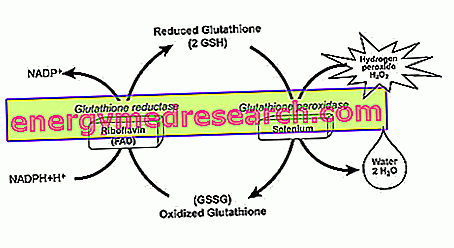Lumbago or lumbago is a pathology with very high incidence and extremely high social costs. It represents the first cause of absenteeism from work and is in second place among the most frequent reasons why a medical examination is used (preceded only by coughing).
Low back pain is characterized by the absence of spinal root pathologies, present in other forms of back pain such as sciatica or cruralgia. Musculoskeletal pain typical of low back pain may be due to changes in the fascia, muscles, ligaments, periosteum, joints, disc or epidural structures
That a bit of movement is good for the health of the back is a widespread opinion both among doctors and among patients. On this basic concept we must however make some important considerations:
Too little or little physical activity is equally dangerous. In particular, the monotonous and repetitive physical work is associated with an increase in cervical lumbar and shoulder problems. There is therefore a direct association between physical occupational load (work habits) and back pain
Lumbago, not surprisingly, is defined as a condition caused by a muscle contraction of the lumbar muscles in which low back pain occurs.
Therefore the continuous repetition of gestures performed in daily activities can cause dysfunctions that in the long run lead to low back pain. To protect yourself from back pain and remove this possibility, it is good to do some physical exercise regularly.
The sports activity aimed at the cure of low back pain should first of all follow some very precise guidelines:
Stretch the shortened muscles (excessively contracted)
Lengthen and strengthen the physiologically hypotonic muscles (weak)
Check body weight
Mobilize joints with restriction of mobility
SOME ADVICES
Pay close attention to maintaining the correct posture during the various exercises
Choose functional exercises, or exercises that simulate movements directly related to real life, try to learn the correct lifting technique. Functional training is by definition the training aimed at improving the global movement, not the single muscle, lifting a barbell on a bench has nothing to do with the movements that take place in real life.
Stretch the muscles of the lower limbs that contribute to the appearance of pain in the lower back:
Ischiocrural (semitendinosus, semimembranosus, biceps femoris)
Hip flexors
Spinal erector
Strengthen the muscles, whose weakness contributes to the appearance of pain in the lower back:
Abdominal muscles
Oblique muscles
Lumbar muscles
Ischiocrural muscles
Avoid exercises that involve significant pressures at the level of the intervertebral discs of the lower back or that directly stress the iliopsoas, in other words avoid exercises like squats, slow dumbbells or barbell, crunch with straight legs and leg raise
Use moderate loads and concentrate on the correct playing technique
The breathing technique is also very important
Avoid training fasting, but consume a light snack in the hard hours preceding the exercise
Keep yourself hydrated by drinking plenty of water before, during and after exercise
Avoid stretching the muscles too much during stretching exercises
Importance of the abdominal muscles in the prevention of low back pain



